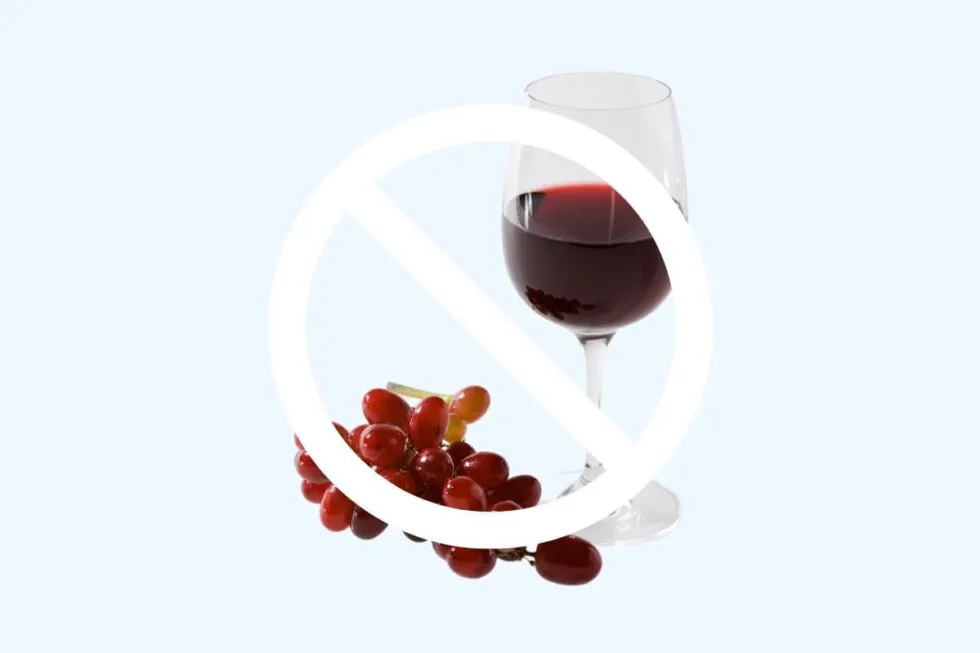The Importance of Checking Expiration Dates
Maintaining good oral hygiene is crucial for overall health, and teeth whitening is a popular cosmetic procedure to achieve a brighter smile. However, using expired teeth whitening gel can compromise the effectiveness and potentially pose health risks. Always check the expiration date before using any teeth whitening product to ensure optimal results and safety. Understanding the implications of using expired products is paramount for anyone looking to enhance their smile safely. The active ingredients in teeth whitening gel break down over time, which reduces the product’s efficacy and could lead to undesirable outcomes, making the check of the expiration date a key step in the teeth whitening process. This proactive measure guarantees that the product is still effective and safe for use.
Why Does Teeth Whitening Gel Expire?
Teeth whitening gel, like many cosmetic and pharmaceutical products, has a limited shelf life because of the instability of its active ingredients. The primary component of most whitening gels is hydrogen peroxide or carbamide peroxide. These chemicals are unstable, and their efficacy diminishes over time due to several factors including environmental influences and the natural degradation of the chemical compounds. Understanding this process helps consumers appreciate the importance of expiration dates and the potential risks of using products past their effective period. Factors contributing to the expiry include exposure to light, air, and temperature fluctuations. These environmental elements accelerate the decomposition process, reducing the potency of the whitening agent, and making the product less effective at whitening teeth. Therefore, the gel gradually becomes less capable of removing stains and brightening teeth as the active ingredients lose their power.
Chemical Breakdown Over Time
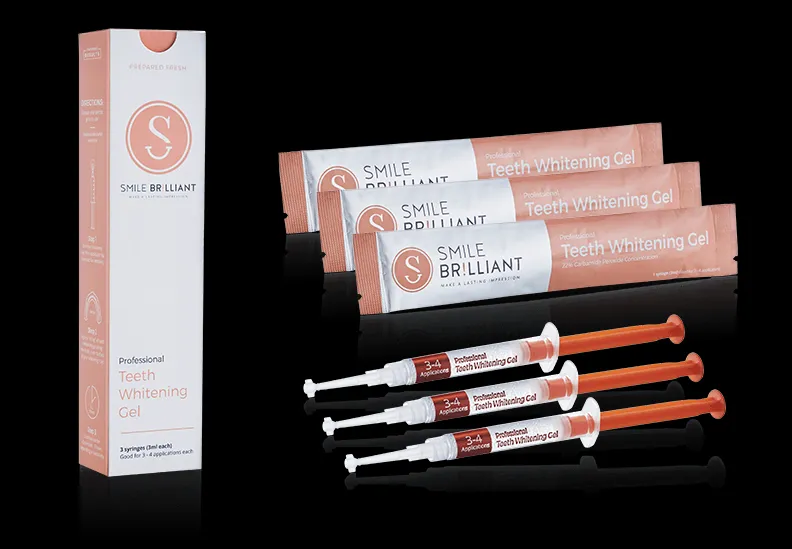
The chemical breakdown of teeth whitening gel is a gradual process. The active ingredients, like hydrogen peroxide, slowly decompose into water and oxygen. This chemical reaction reduces the concentration of the active whitening agent. Consequently, the gel becomes less potent and effective at bleaching the teeth. The rate of this breakdown is influenced by various factors such as storage conditions and the initial concentration of the active ingredient. Over time, even under ideal storage conditions, the chemical structure will degrade. It is important to adhere to the expiration date on the product packaging to ensure the product is working as intended. The use of expired gel might not only be ineffective but could also lead to inconsistent results, where some areas of the teeth are whitened more than others, leading to an uneven appearance. Additionally, the degradation process can alter the gel’s properties, potentially increasing the risk of side effects.
Loss of Effectiveness
The primary consequence of using expired teeth whitening gel is a significant reduction in its effectiveness. As the active ingredients decompose, the gel’s ability to penetrate the enamel and break down stain molecules diminishes. The result is that the gel will not whiten the teeth as effectively as it would if it were fresh. The user might notice little to no improvement in the color of their teeth, even after multiple applications. This ineffectiveness wastes both time and money and can be frustrating for individuals seeking to enhance their smile. The prolonged use of expired products, expecting results, could lead to disappointments and the need for alternative whitening solutions, potentially involving professional dental treatments. It’s essential to remember that the expiration date on teeth whitening products is a crucial indicator of its effectiveness, and relying on expired gel will likely produce undesirable outcomes.
Potential for Harmful Reactions
While the primary concern with expired teeth whitening gel is its ineffectiveness, there are also potential risks of adverse reactions. The degradation of the active ingredients could lead to the formation of new, potentially irritating, compounds. Although rare, the use of expired products could cause increased sensitivity of the teeth and gums or, in extreme cases, lead to inflammation or other oral health issues. The breakdown of chemicals in expired gel could also alter the pH level of the product, making it more acidic and potentially harmful to the enamel. Furthermore, expired products may have a higher risk of bacterial contamination, especially if the packaging has been compromised or if the product has been stored in unfavorable conditions. Therefore, to mitigate any risk of adverse reactions, it is advisable to discontinue the use of expired teeth whitening gel immediately and opt for a fresh product instead.
Visual Signs of Expired Gel
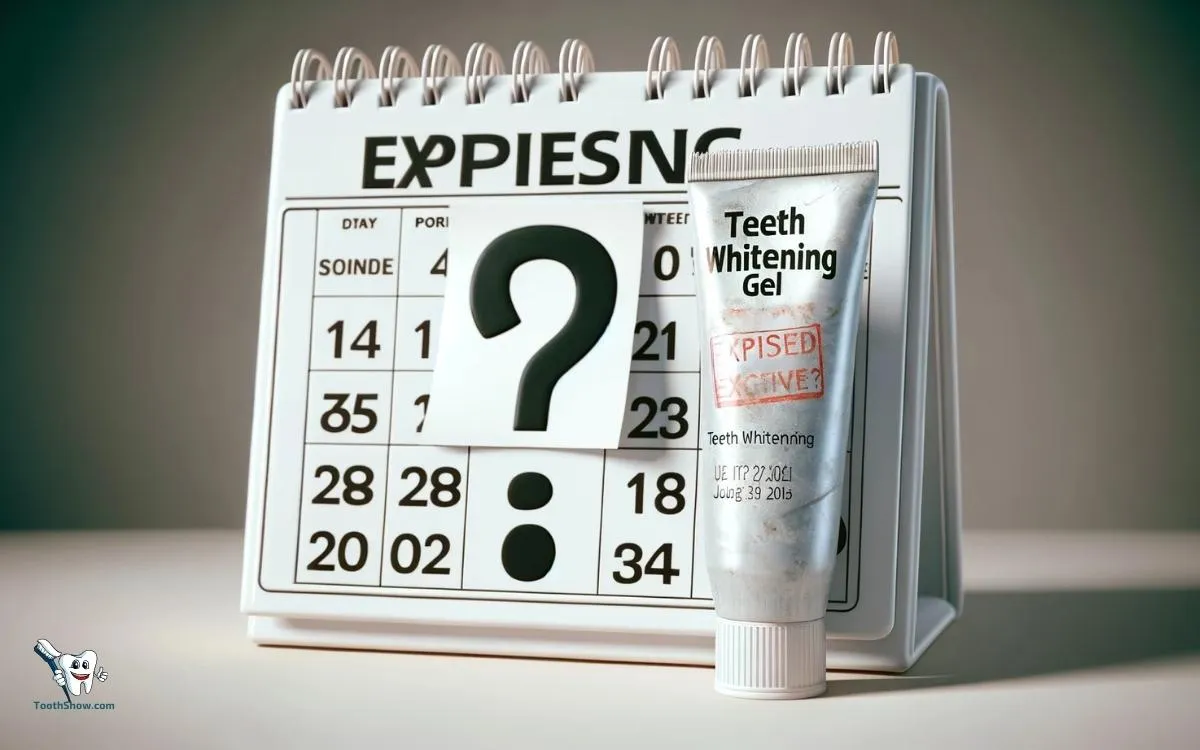
Identifying expired teeth whitening gel visually is crucial for preventing potential harm and ensuring product effectiveness. Several key indicators can help determine if the gel is past its prime, allowing for timely disposal and replacement. The following section outlines the most common visual signs that indicate the product should no longer be used, highlighting what to look for during inspection. Regular examination of the gel before each use is a critical step in maintaining a safe and effective teeth whitening regimen. Always inspect the gel for any changes in color, consistency, or smell to ensure the product is still safe and effective.
Changes in Color
One of the most apparent signs of expired teeth whitening gel is a change in its color. Fresh gel is typically clear or slightly bluish, depending on the brand and formulation. Over time, the gel might turn yellow, brown, or develop darker hues. This color change signifies that the chemical composition has altered. These changes often indicate that the active ingredients are breaking down, rendering the gel less effective. In extreme cases, the color can become noticeably different from the original product color. If you notice a significant change in color, it’s best to discard the product and replace it with a fresh one. Additionally, any discoloration implies the product has undergone chemical alterations that may impact both its effectiveness and safety. Therefore, color changes should be a key factor when assessing the gel’s usability.
Changes in Consistency
The consistency of teeth whitening gel can also indicate that it has expired. Fresh gel usually has a smooth and consistent texture. Expired gel might become thicker or thinner, often losing its original viscosity. Some gels may become clumpy or separate, where the liquid and solid components separate. These changes in texture indicate that the formulation of the gel has broken down, which also affects its effectiveness. A change in consistency can lead to uneven application, reducing the overall whitening results. Discard any gel with noticeable changes in texture and replace it with a fresh product. The altered texture may not only affect the effectiveness of the gel but also its ability to adhere to the teeth properly, diminishing the whitening potential.
Changes in Smell
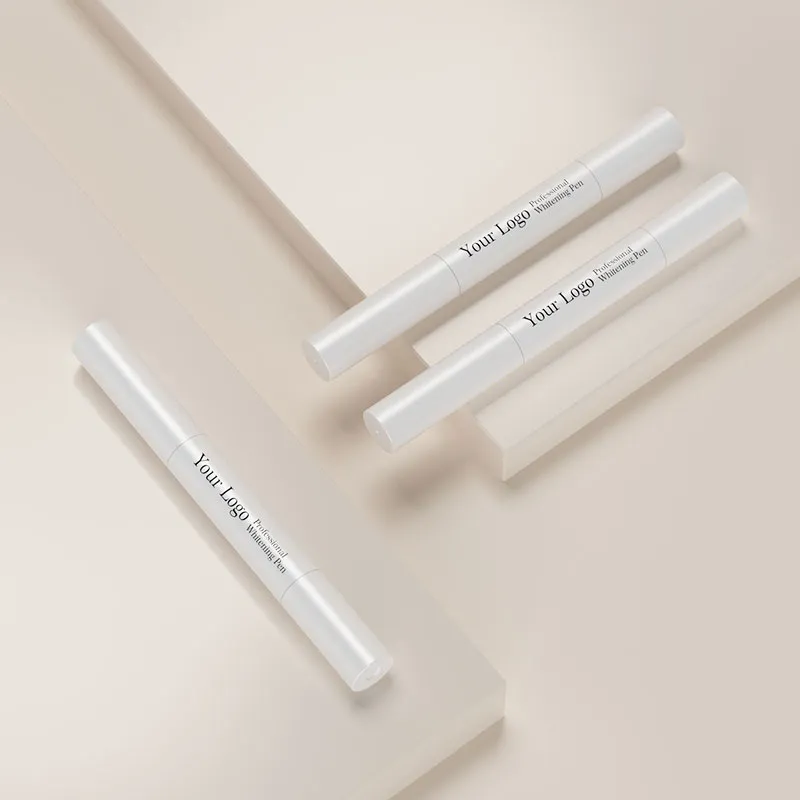
Changes in smell can also be a sign that teeth whitening gel has expired. Fresh gel typically has a mild or neutral odor. Expired gel may develop an off-putting smell, possibly due to the breakdown of chemical components. This odor could range from a slight change to a strong, unpleasant smell. Any noticeable odor change is a signal that the gel has degraded and should not be used. If the gel smells different, it’s a clear indication that the product is no longer safe or effective. Do not hesitate to discard the gel and purchase a new one. The presence of an unusual smell not only suggests that the chemical composition has changed but also hints at the potential presence of microbial contamination or the release of harmful substances.
Other Indicators
Aside from changes in color, consistency, and smell, other indicators can suggest that teeth whitening gel has expired. Check the packaging for any signs of damage, such as cracks or leaks. These damages could allow air or contaminants to enter the product, accelerating degradation. Observe the gel for any unusual reactions, such as fizzing or bubbling, when applied to the teeth. This can be a sign of unstable chemical reactions. Another indicator is a change in the gel’s ability to adhere to the teeth. If it no longer adheres properly, it may be a sign that the product is past its prime and is not effective. If you notice any of these changes, it is important to replace the product to ensure safe and effective teeth whitening results.
How to Check the Expiration Date
Checking the expiration date is a simple but essential step when using teeth whitening gel. Locate the expiration date on the product packaging before each use. Typically, the expiration date is printed directly on the tube, syringe, or the packaging box. The date is often presented in a month/year format or sometimes in a day/month/year format. It is recommended to replace the product before the stated expiration date. If you are uncertain about the date format, refer to the product’s instructions. If the date is not clearly visible or is missing, it’s best to avoid using the product, as this could indicate that the product might not be safe to use. A routine of checking the expiration date ensures that you’re using an effective and safe product, helping you achieve the desired results without any health risks.
Where to Find the Expiration Date
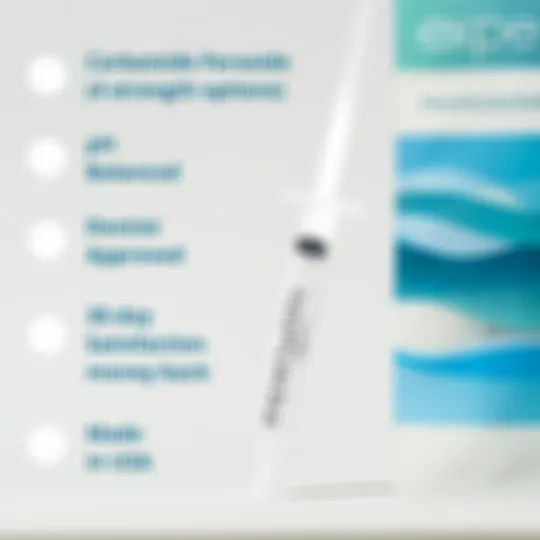
The expiration date on teeth whitening gel is usually printed on the product packaging. Common locations include the tube of gel, the syringe containing the gel, or the outer box or container. The exact location may vary between brands and products. Typically, the date is imprinted or embossed in a clear, easy-to-read font. Carefully inspect all surfaces of the packaging to ensure you locate the date. Some brands include the expiration date as part of a batch code. If the date is part of a batch code, you may need to consult the product’s manufacturer website for a key to decode the date. If you have difficulty finding the date or it is illegible, it’s advisable to discard the product and obtain a new one. Always make a habit of checking the expiration date before each use to ensure that the gel is still effective and safe.
Understanding the Date Format
Understanding how to read the expiration date on your teeth whitening gel is crucial for determining whether it is still suitable for use. The date is typically formatted as month/year (MM/YY) or sometimes as day/month/year (DD/MM/YY). For example, if the date is listed as 08/25, it indicates that the product expires in August of 2025. Make sure you are clear on the date format used on your product to prevent any confusion or misinterpretation. If the date format is unfamiliar, refer to the product instructions or contact the manufacturer for clarification. Knowing how to read the date correctly avoids any confusion or misunderstanding, helping you confidently assess the product’s shelf life. A clear understanding of the date format ensures that you correctly identify the expiration date and use the product safely and effectively.
What to Do If You Find Expired Gel
Discovering that your teeth whitening gel has expired requires specific steps to ensure your safety and prevent potential health risks. The most important step is to immediately discontinue using the product. The expired gel might not only be ineffective but could also cause adverse reactions such as teeth sensitivity or gum irritation. Do not attempt to use the expired product. Assess the product’s condition for visual signs of degradation, such as changes in color, consistency, or smell. These signs can further confirm that the gel has expired and is no longer suitable for use. Instead of taking any chances, dispose of the expired gel properly to avoid any potential health or safety hazards. After safely disposing of the expired gel, consider purchasing a new, fresh product to continue your teeth whitening regimen. Make sure to choose a product that is still within its expiration date to guarantee both effectiveness and safety.
Disposal Instructions
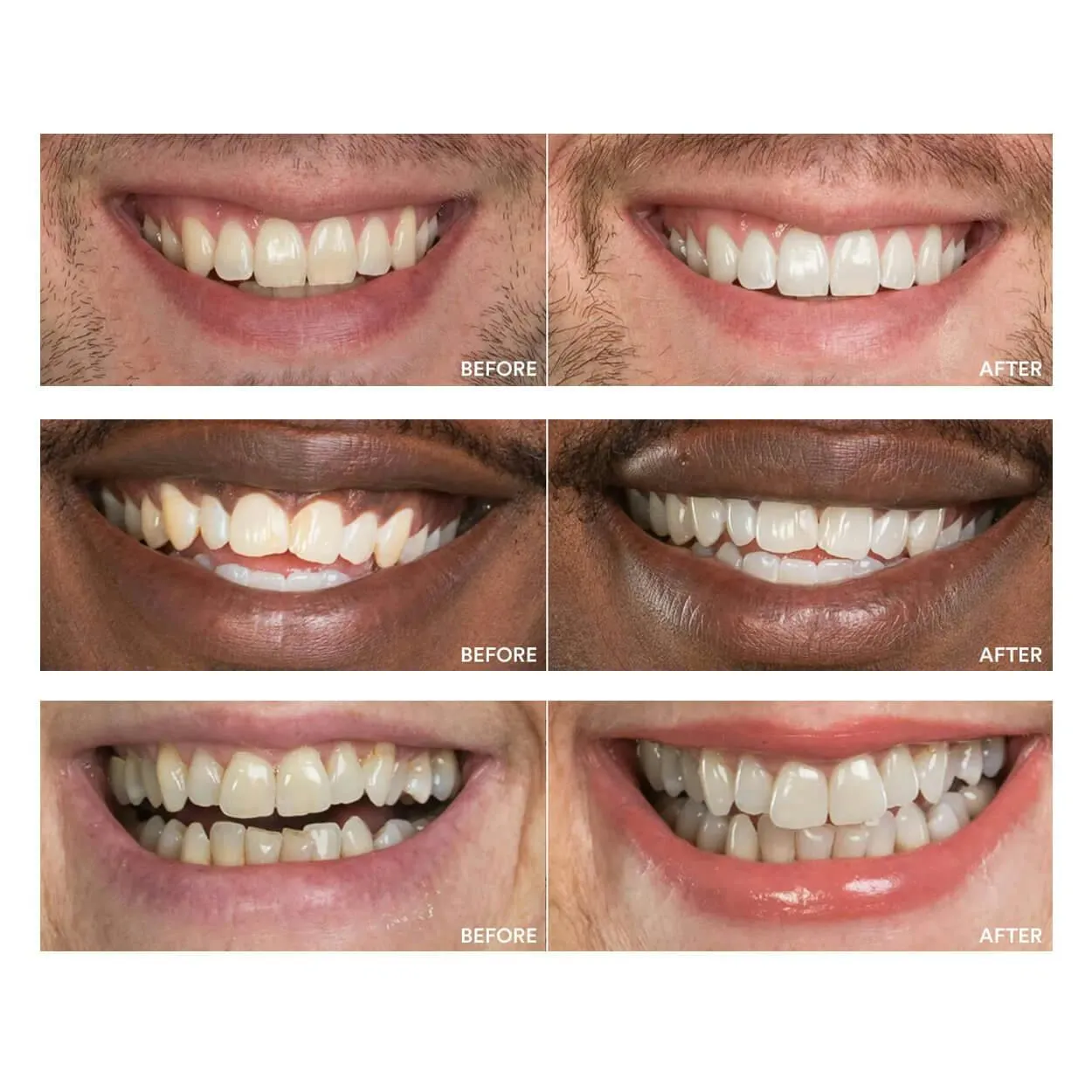
Proper disposal of expired teeth whitening gel is essential to protect both the environment and human health. When disposing of the gel, ensure it is done responsibly. Start by carefully emptying the contents of the gel into a sealable plastic bag. This helps to prevent any potential spills or leaks. Seal the bag tightly to contain the gel. Dispose of the sealed bag in the regular household waste, not down the drain or in any public water systems. Do not attempt to recycle the gel tube or syringe if they still contain any remaining gel, as the chemicals could contaminate the recycling process. If the product has instructions specific to disposal, follow those instructions. This ensures that the waste material is handled according to local regulations. By following these disposal steps, you can safely eliminate expired teeth whitening gel and minimize any potential environmental impact.
When to Replace Your Gel
Regularly replacing your teeth whitening gel is a crucial step in maintaining both the effectiveness of your whitening treatment and your oral health. Always replace the gel when it reaches its expiration date, as the product may become less effective and possibly unsafe after this point. If you notice any visual changes like color changes, consistency changes, or an unusual smell, it is important to replace the gel immediately, even before the expiration date. Depending on how frequently you whiten your teeth, you might need to replace the gel sooner, as the more you use the product, the faster it is depleted. Regularly assess your gel, and replace it as needed. Proactive replacement guarantees you achieve the best results without exposing yourself to risks.
Storage Tips to Extend Shelf Life
Proper storage can extend the shelf life of teeth whitening gel and help maintain its effectiveness. Keep the gel in a cool, dark, and dry place, away from direct sunlight and extreme temperatures. Direct sunlight and heat can accelerate the decomposition of the active ingredients, reducing the gel’s effectiveness. Store the gel in its original container or a tightly sealed container to prevent air exposure. Air exposure can also degrade the active ingredients. Ensure the cap or lid is always securely closed after each use to prevent air and contamination. Avoid storing the gel in the bathroom, where humidity levels can fluctuate, as high humidity can affect the gel’s properties. Proper storage practices help maintain the product’s efficacy and prevent premature degradation, which helps prolong the shelf life. Storing the gel in an appropriate environment helps the gel stay potent and effective for a longer period.
Proper Storage Conditions
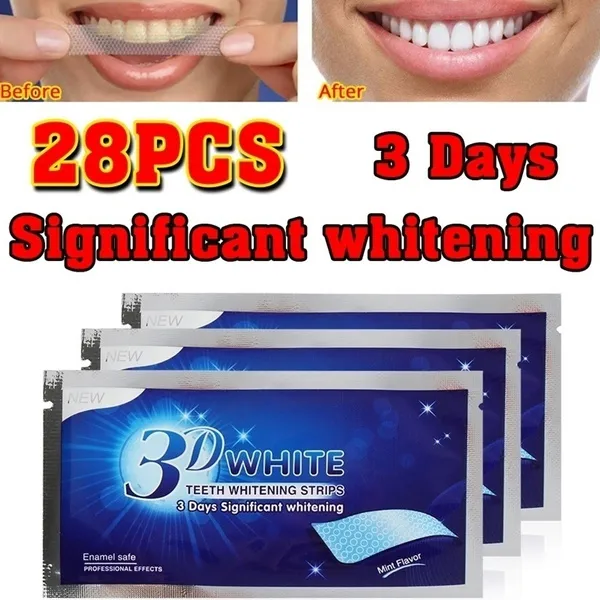
Maintaining proper storage conditions is essential for preserving the quality and extending the shelf life of your teeth whitening gel. Ideally, store the gel in a cool, dark environment. Avoid storing the gel in direct sunlight, which can degrade the active ingredients. A dark cabinet or drawer is the best place for storage. Keep the gel away from extreme temperatures, both high and low. Avoid storing the gel in areas that experience fluctuating temperatures, such as near windows or heaters. Humidity can also affect the gel’s stability. Store the gel in a dry location, such as a bedroom or a cool cabinet. Following these storage guidelines helps maintain the gel’s effectiveness for a longer period, ensuring that it remains potent and safe for use until its expiration date. Proper storage conditions are the key to preserving the gel’s effectiveness.
Alternatives to Using Expired Gel
If you discover that your teeth whitening gel has expired, or if you are unsure about its expiration, several alternatives can help you maintain your teeth whitening routine without compromising safety or effectiveness. Purchase a fresh tube or set of teeth whitening gel from a reputable source. This is the most direct and effective alternative, ensuring that you’re using a product with optimal potency. If you prefer a different method, consult your dentist about professional teeth whitening options. Professional whitening treatments are often more effective and can be customized to your specific needs. Another option is to consider alternative whitening methods such as whitening toothpaste or mouthwashes, although their whitening effects might be less dramatic than gel-based products. These products often contain milder bleaching agents that can help maintain your teeth’s brightness. Before selecting any alternatives, consult a dental professional. This guarantees that the chosen method aligns with your oral health needs and overall goals. These alternative approaches help you to maintain a brighter smile without the risks associated with using expired gel.
Consulting with a Dental Professional
Consulting with a dental professional is vital to ensure the safety and effectiveness of any teeth whitening regimen. They can provide expert advice on the proper use of teeth whitening products and help you avoid potential risks. A dentist can assess your oral health to determine if teeth whitening is appropriate for your specific situation. They can identify any underlying issues, such as cavities or gum disease, that might affect the whitening process. Your dentist can guide you in selecting the most effective and safe teeth whitening products for your individual needs. They can also provide professional teeth whitening treatments, which often deliver more consistent and noticeable results than at-home products. Regular dental check-ups are essential for monitoring your oral health and addressing any concerns. Always follow your dentist’s recommendations to prevent any adverse effects from teeth whitening and ensure that your smile remains healthy and bright. A professional consultation is the best way to achieve a brighter smile safely and effectively.
